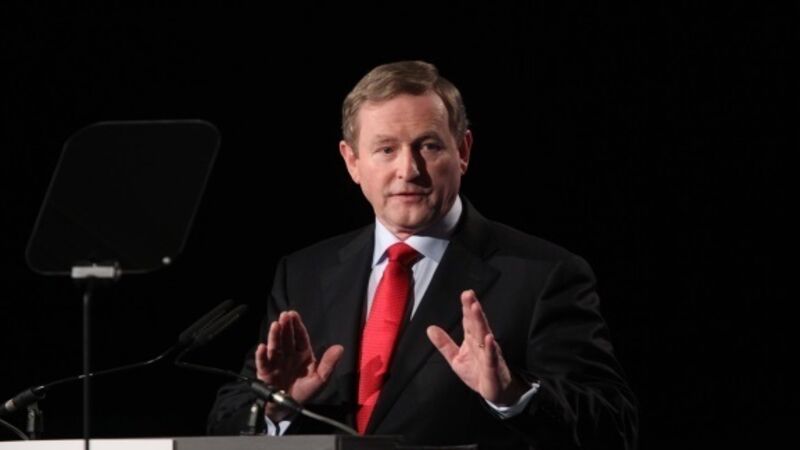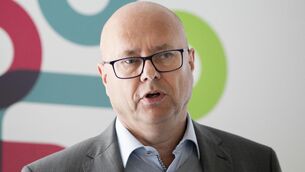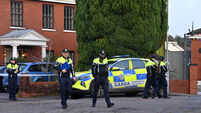FG Ard Fheis: Looking to stay on message and on course with low-key campaigning

STABILITY, recovery, and growth. Expect these slogans to be stuffed into letterboxes, voiced over the airwaves, and repeated ad nauseam by Fine Gael in the weeks ahead.
With an election looming, the Fine Gael faithful met over the weekend, with leader Enda Kenny rallying the party grassroots and parliamentarians.













